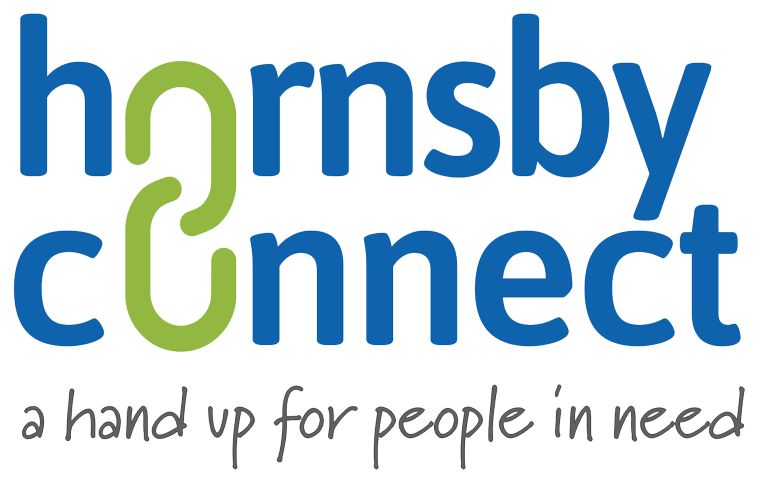Understanding the difference between “Best By” and “Use By” dates
Confusion over date labelling leads to billions of pounds of food waste every year. Let me try and explain the difference between “use-by,” “sell-by,” and “best-by” dates.
LABELLING
What is “Best By”?
The “best by” date is featured on foods that can actually sit on the shelf for a long time. In fact, these foods should be graded to sit on the shelf for at least two years in order to get approved for using this type of date. In essence, the date you see will mean the food would ideally be eaten before the expiration but has a much longer shelf life. Sometimes, this date will be listed as “best before” and the two terms mean the same thing. More information on how long foods with “best by” or “best before” dates can be found at the Better Health website.
What is “Use By”?
The “use by” date is quite different and needs to be followed much more carefully. Some food products (eggs would be a good example) cannot stay on a shelf for very long before they will go bad. These products include a “use by” date because they should ideally be used before that date comes around. Generally, if the food is stored properly, one can consume it a day or two after the date, but it is better to always follow the “use by” date at all times in order to avoid food poisoning.
